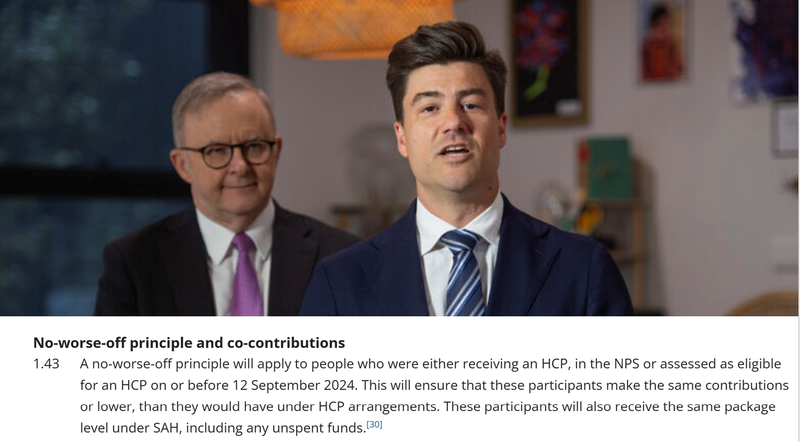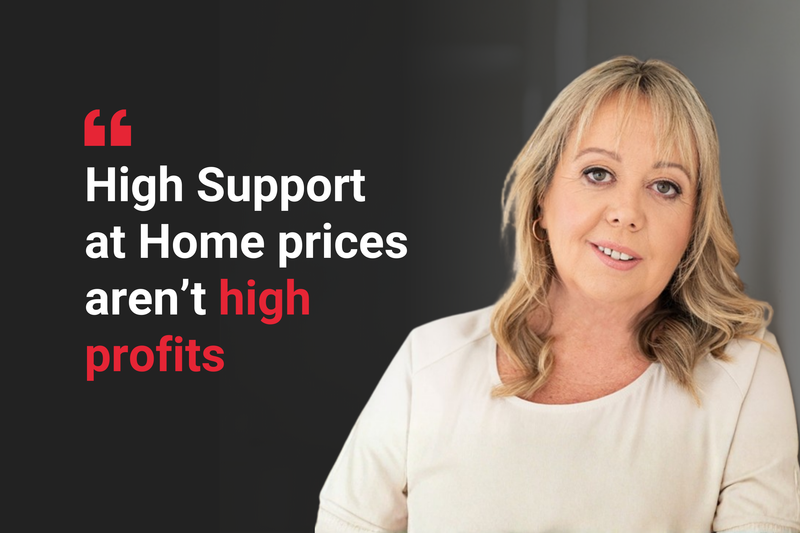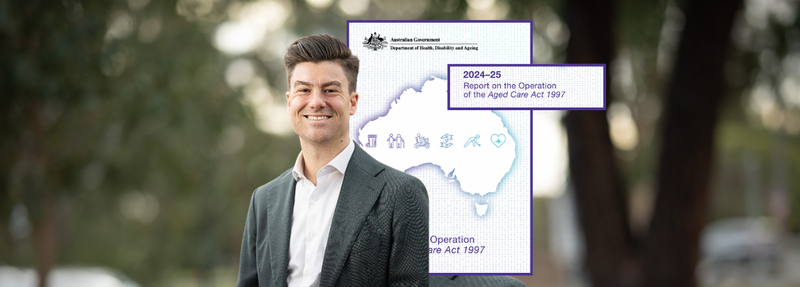Older Australians shifting to private pay under Support at Home
This gap in knowledge is fuelling misconceptions. One in five respondents (20.2%) still believe the Government pays for most aged care costs. Under Support at Home, consumer contributions now apply to everyday support such as domestic help, transport and personal care.
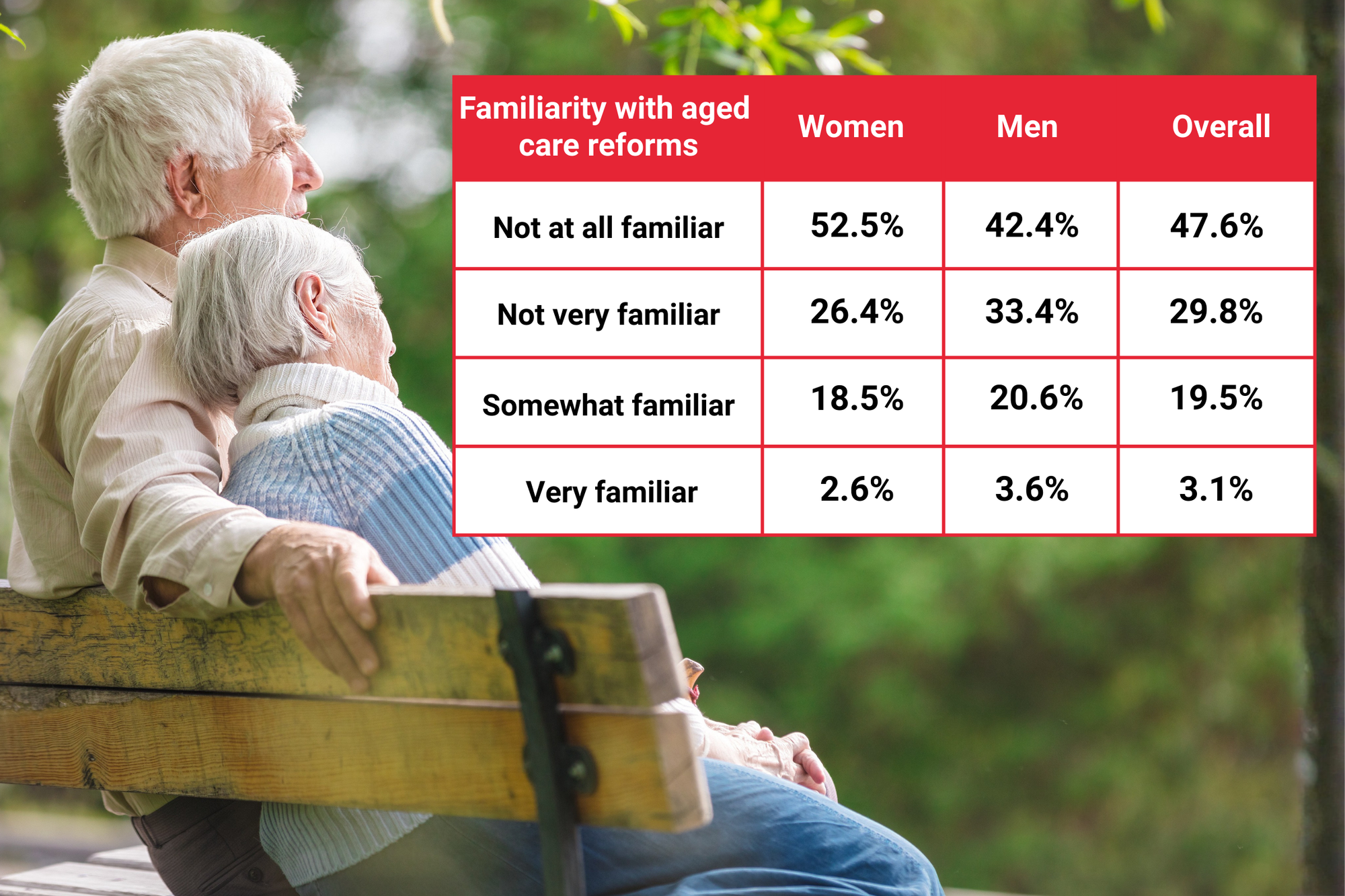
Support at Home may be only weeks old, but new research shows many older Australians are unprepared for the real costs – and some are already stepping outside the system.
Just Better Care’s Mornington Peninsula, Outer East Melbourne and Southern Tasmania offices commissioned a national survey of 1,000 Australians aged 55-plus, which found almost half (47.6%) are completely unfamiliar with the new Support at Home program.
Women – who typically coordinate care for spouses and parents – are even more likely to say they know nothing about the reforms (52.5% vs 42.4%).
This gap in knowledge is fuelling misconceptions. One in five respondents (20.2%) still believe the Government pays for most aged care costs. Under Support at Home, consumer contributions now apply to everyday support such as domestic help, transport and personal care.
At the same time, demand for independence has never been stronger. A total of 87.2% of respondents said they wanted to stay at home, with most preferring paid support rather than relying on family. Yet 65% haven’t begun budgeting for aged care – and among those who have, the average amount set aside is $312,001.

Just Better Care General Manager Callum McMillan said the survey was driven by concerns about how people would respond to co-payments.
“We saw Support at Home coming in and people being asked to contribute that co-payment – there was going to be a lot of people that would potentially be better off to look at paying privately for services, because in many cases it’s cheaper,” he told The SOURCE.
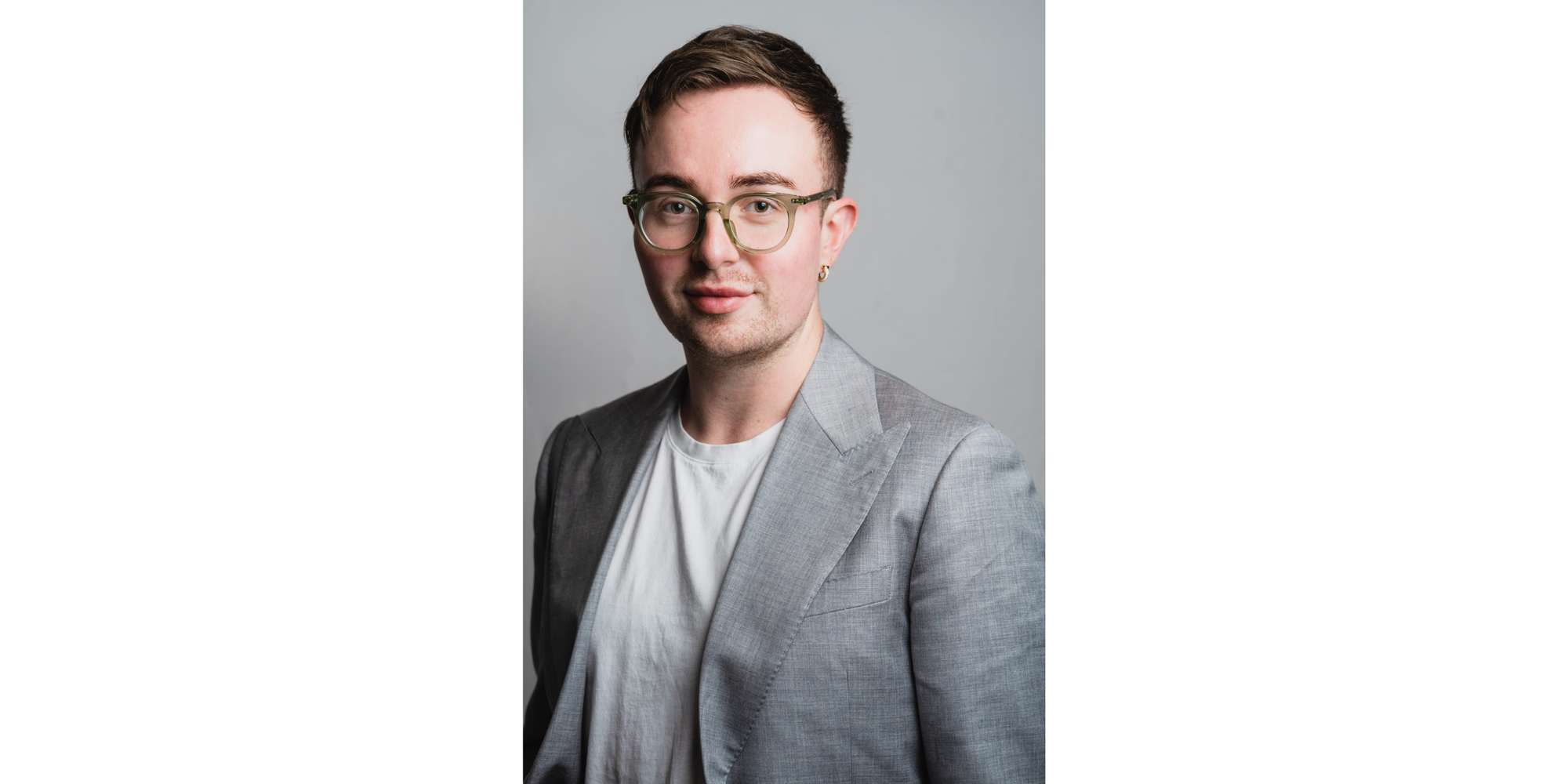
Just Better Care has seen an increase in the number of clients seeking private home care services.
Premium private providers like Acquaint Home Care, where hourly rates start around $88 and clients average 50 hours per week, are also reporting growing demand from self-funded retirees who prefer reliable support without the paperwork or long wait times.
For providers, the message is clear: as costs rise and confusion persists, private-pay demand may grow faster than expected – and education around contributions is now as critical as delivering the services.




